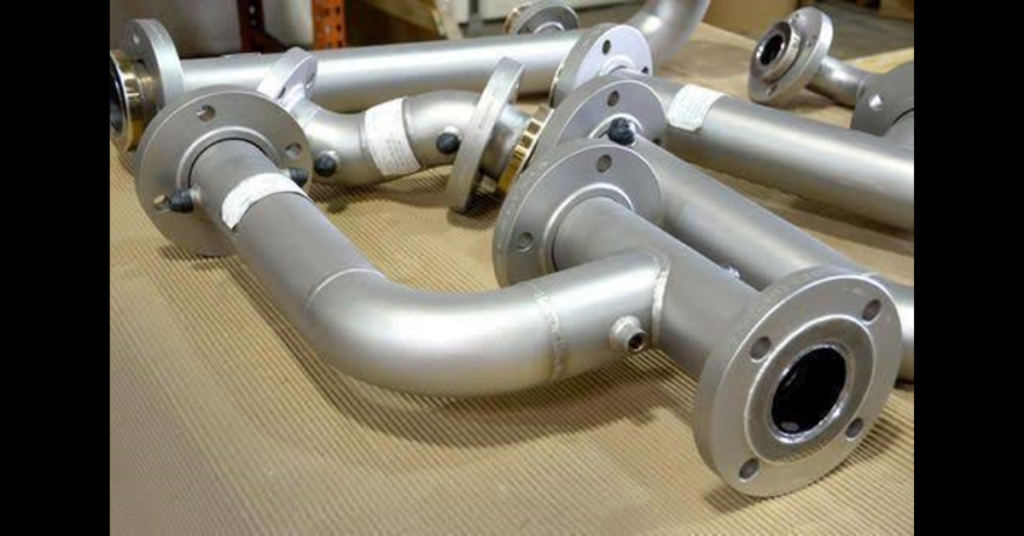Spools are simple yet essential components in various industries, from textiles to fishing and electronics. Their primary function is to hold and manage lengths of thread, wire, or other flexible materials, making them crucial for numerous applications. This comprehensive guide delves into the history, types, uses, and innovations of spools, exploring their significance in both historical and modern contexts.
The History of Spools
Early Beginnings
The concept of spool’s dates back thousands of years, with early evidence of their use found in ancient Egypt and China. These early spools were rudimentary, often crafted from materials like wood, bone, or clay. They were primarily used to manage threads and yarns for textile production, which was a significant industry in ancient civilizations.
The Middle Ages
During the Middle Ages, spools continued to evolve, particularly in Europe. The invention of the spinning wheel in the 13th century marked a significant advancement in textile production, and spool’s became more refined to accommodate the increased demand for yarn and thread management. Wooden spools were commonly used, often handcrafted by skilled artisans.
The Industrial Revolution
The Industrial Revolution brought about a dramatic transformation in spool production. The invention of machinery and the establishment of factories led to mass production of spool’s. Materials like metal and plastic began to be used, and spool’s became more standardized in size and shape. This era also saw the introduction of spool-specific machinery, such as automatic winders, which revolutionized the textile and manufacturing industries.
Types of Spools
Spool’s come in various types, each designed for specific applications. Here are some of the most common types:
1. Textile Spools
Textile spool’s are used in the textile industry to hold and manage threads and yarns. They come in various sizes, depending on the type of thread or yarn they are designed to hold. These spool’s are typically made from wood, plastic, or metal.
2. Fishing Line Spools
Fishing line spool’s are specifically designed to hold fishing lines. They are usually made from durable plastic or metal to withstand the rigors of fishing. These spools are often found on fishing reels and are designed to allow smooth release and retrieval of the line.
3. Cable and Wire Spools
Cable and wire spool’s are used to manage electrical wires, cables, and other similar materials. They come in various sizes and are made from materials like plastic, wood, or metal, depending on the application. These spool’s are essential for keeping cables organized and preventing tangling.
4. Film and Tape Spools
Film and tape spool’s are used to hold photographic film, audio tape, and video tape. These spools are typically made from plastic and are designed to fit into cameras, tape recorders, and video players. The design of these spool’s ensures smooth and even winding and unwinding of the film or tape.
5. Sewing Machine Bobbins
Sewing machine bobbins are small spool’s used in sewing machines to hold the lower thread. They are typically made from plastic or metal and are designed to fit specific sewing machine models. Bobbins are crucial for ensuring smooth and even stitching in sewing projects.
Uses of Spools
Spools play a vital role in various industries and applications. Here are some of the most common uses:
1. Textile Industry
In the textile industry, spools are used to hold and manage threads and yarns during the weaving, knitting, and sewing processes. They help ensure smooth and even distribution of thread, which is essential for producing high-quality fabrics and garments.
2. Fishing
In fishing, spools are used to hold fishing lines on reels. They allow for smooth casting and retrieval of the line, which is crucial for successful fishing. Different types of fishing reels, such as spinning reels and baitcasting reels, use different types of spool’s.
3. Electrical and Electronics
In the electrical and electronics industries, spool’s are used to manage cables and wires. They help keep cables organized and prevent tangling, which is essential for efficient installation and maintenance of electrical systems. Spools are also used to hold solder wire in electronics manufacturing.
4. Media and Entertainment
Spools are used to hold photographic film, audio tape, and video tape in cameras, tape recorders, and video players. They ensure smooth winding and unwinding of the media, which is crucial for capturing and playing back high-quality images and sound.
5. Sewing and Crafting
In sewing and crafting, spools are used to hold thread, ribbon, and other materials. They help keep these materials organized and easily accessible, which is essential for efficient and enjoyable crafting.
Innovations in Spool Design and Manufacturing
Over the years, there have been numerous innovations in spool design and manufacturing. These advancements have improved the functionality, durability, and efficiency of spool’s in various applications.
1. Material Innovations
One of the most significant innovations in spool manufacturing is the use of advanced materials. Modern spools are often made from high-quality plastics and metals that offer superior durability and performance. For example, carbon fiber and composite materials are used in some high-end fishing line spools to provide lightweight and strong options.
2. Ergonomic Designs
Ergonomic design improvements have made spools easier to use and handle. For example, fishing line spool’s with ergonomic handles and smooth edges make it easier for anglers to cast and retrieve their lines. Similarly, sewing machine bobbins with user-friendly designs make threading and changing bobbins simpler and more efficient.
3. Automation and Precision Manufacturing
Automation and precision manufacturing have revolutionized spool production. Modern machinery can produce spool’s with incredible accuracy and consistency, ensuring high-quality products. Automated winding machines can also wind thread, wire, or other materials onto spools with precise tension and spacing, improving the overall performance of the spools.
4. Eco-Friendly Options
With growing environmental concerns, there has been a push towards eco-friendly spool options. Some manufacturers now produce spools from biodegradable materials or recycled plastics, reducing the environmental impact of spool’s production and disposal.
The Future of Spools
As technology continues to advance, the future of spools looks promising. Here are some potential trends and developments in the world of spool’s
1. Smart Spools
The integration of smart technology into spools could revolutionize various industries. For example, smart spool’s with embedded sensors could monitor the tension and usage of fishing lines or sewing threads, providing real-time data to users. This information could help improve efficiency and reduce waste.
2. Sustainable Materials
The push towards sustainability is likely to continue, with more manufacturers adopting eco-friendly materials and production methods. This could include the use of biodegradable plastics, recycled materials, and other sustainable options.
3. Advanced Manufacturing Techniques
Advancements in manufacturing techniques, such as 3D printing and additive manufacturing, could lead to more innovative and customizable spool designs. These techniques could allow for the production of complex spool’s shapes and structures that are not possible with traditional manufacturing methods.
4. Integration with Robotics
The integration of spools with robotic systems could improve efficiency and precision in various applications. For example, robotic arms equipped with spools could be used in automated textile manufacturing, reducing labor costs and increasing production speed.
Conclusion
Spool’s may seem like simple objects, but they play a crucial role in various industries and applications. From their early beginnings in ancient civilizations to their modern-day innovations, spools have continually evolved to meet the needs of different users. As technology continues to advance, the future of spools looks promising, with potential developments in smart technology, sustainable materials, and advanced manufacturing techniques.







